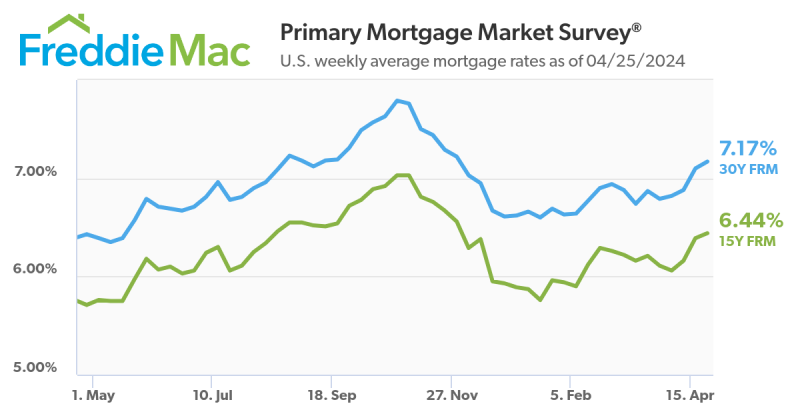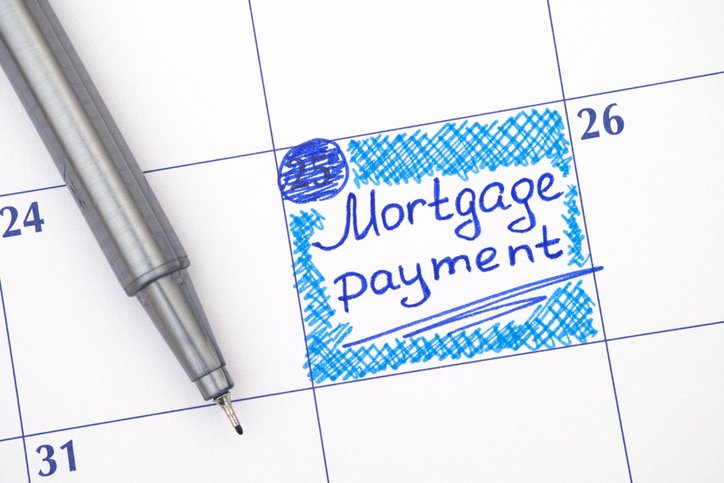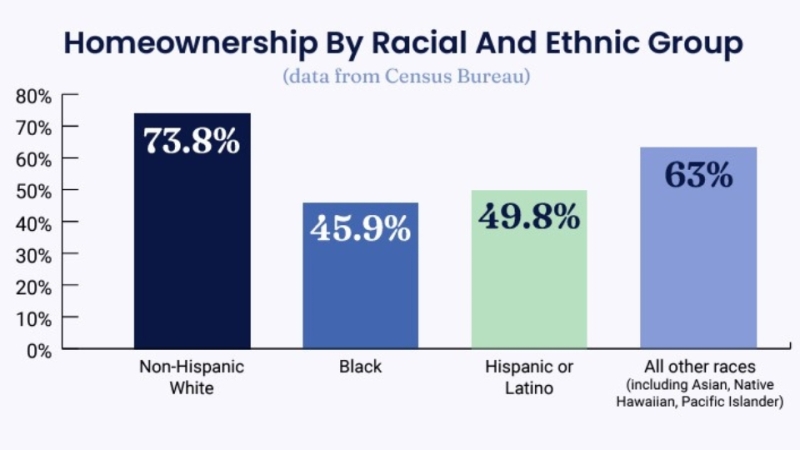Advertisement
MortgageNOW recognized by LendingTree
NAHB testifies before Congress on use of TARP fundsMortgagePress.comNAHB, TARP, home builders, Congress, Low Income Housing Tax Credit
As Congress considers releasing the second half of the
Treasury's $700 billion Troubled Asset Relief Program (TARP), the
National Association of Home Builders (NAHB) has urged lawmakers to
use a portion of the funds to stem the rising tide of foreclosures
and increase the flow of credit for housing production. NAHB also
urged passage of legislation to stimulate housing demand.
"Up to this point, the TARP program has failed to expand the
flow of credit to business and consumers on competitive terms,"
NAHB Chairman-Elect Joe Robson, a home builder from Tulsa, Okla.,
said in testimony before the House Financial Services Committee.
"In addition the TARP program has not adequately responded to the
nations foreclosure crisis, which must be addressed to keep people
in their homes, help stabilize home prices and promote recovery of
the housing market and economy."
NAHB supports foreclosure prevention measures advocated by
Federal Deposit Insurance Corporation Chairman Sheila Bair, which
would use $24 billion of the funds Congress authorized for the TARP
to provide loan guarantees to achieve greater success in
foreclosure mitigation efforts. FDIC estimates that the program
could help about 1.5 million home owners to avoid foreclosure.
With falling home values at the core of the current economic
crisis, Robson said that foreclosure relief absent a plan to
address demand for housing will not succeed in fixing the nations
housing and economic woes.
"The only way to stabilize the housing market and restore
consumer confidence is to put a floor under declining home values,"
he said. "In conjunction with foreclosure mitigation efforts,
Congress must pass temporary and targeted incentives to encourage
Americans to buy homes again. This will help to stabilize home
prices, prevent future foreclosures, restore consumer confidence
and start creating jobs."
Specifically, Robson urged Congress to enact NAHB's proposal to
boost housing demand by providing a bigger and better home buyer
tax credit and offering below-market fixed-rate mortgages on home
purchases, which would increase home sales by 1.1 million in 2009
and create more than 539,000 jobs.
"This two-pronged housing stimulus approach mirrors legislation
passed by Congress in 1974 and 1975 to deal with the exact same
problem," said Robson. "It helped bring our economy out of
recession back then and it can do it again."
With the nation's credit markets still frozen, banks who have
received TARP monies have come under deserved criticism for not
using the funds to expand credit liquidity, he said. The dramatic
deterioration in credit availability has severely impacted the
acquisition, development and construction credit market, which is
fueling the downward economic spiral by further depressing home
prices and increasing the number of distressed properties on the
market.
"The bank regulators must improve accountability through
monitoring and reporting requirements for banks receiving TARP
funds," said Robson. "Builders are reporting it is much more
difficult to obtain AD&C loans and those with outstanding loans
are experiencing onerous new requirements or are having their loans
called in. In short, many good loans are unnecessarily being turned
into problem assets as a result of these actions."
NAHB is seeking an allocation from TARP explicitly targeted to
AD&C lending, which would enable financial institutions to
allow builders to complete viable projects.
"The goal is to avoid unnecessary and onerous equity calls by
financial institutions on projects that are bankrupting many small
and medium sized builders that rely exclusively on bank funding,"
said Robson. "If this situation is not aggressively addressed, it
will unnecessarily put more real estate-related loans into default,
additional pressure on the banking system and the insurance fund,
and create more hardship on already stressed communities."
With production of badly needed new affordable housing units
declining in the current economic climate, Robson offered several
suggestions to improve the financial health of the Low Income
Housing Tax Credit (LIHTC), the single most important affordable
housing production program in the federal government. He urged
Congress to:
• Bring individual taxpayers back into the LIHTC
investment market by changing the passive loss rules established as
part of the Tax Reform Act of 1986.
• Make the LIHTC a refundable tax credit to stimulate
investment and ensure that existing credits are not resold in the
syndication market, thus checking the decline in LIHTC prices.
• Expand the LIHTC carry back rule from one year to five
years to ease the downward pressure on LIHTC by allowing credits to
be claimed by investors that may not have federal tax liability in
the current year.
• Allocate funds to state housing finance agencies to make
up equity shortfalls in developments which have LIHTC allocations
but have not generated sufficient equity for the projects to move
forward.
For more information, visit www.nahb.org.
About the author





